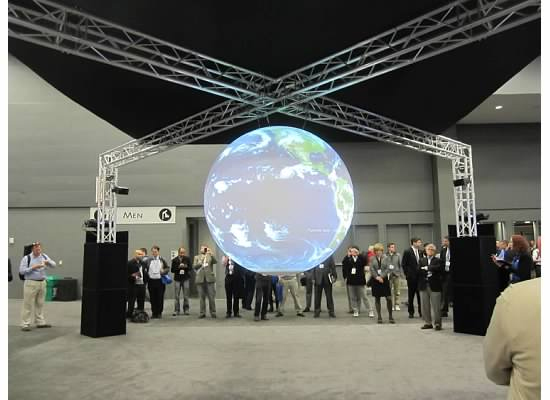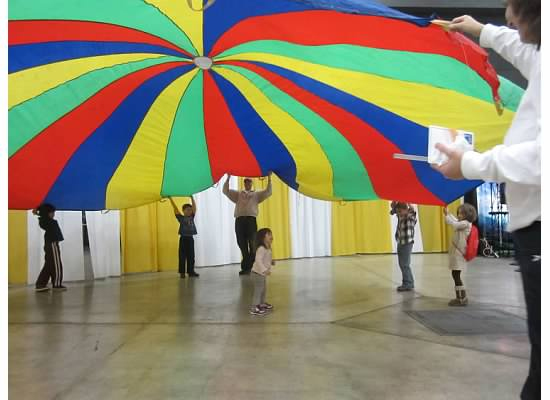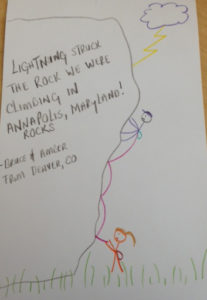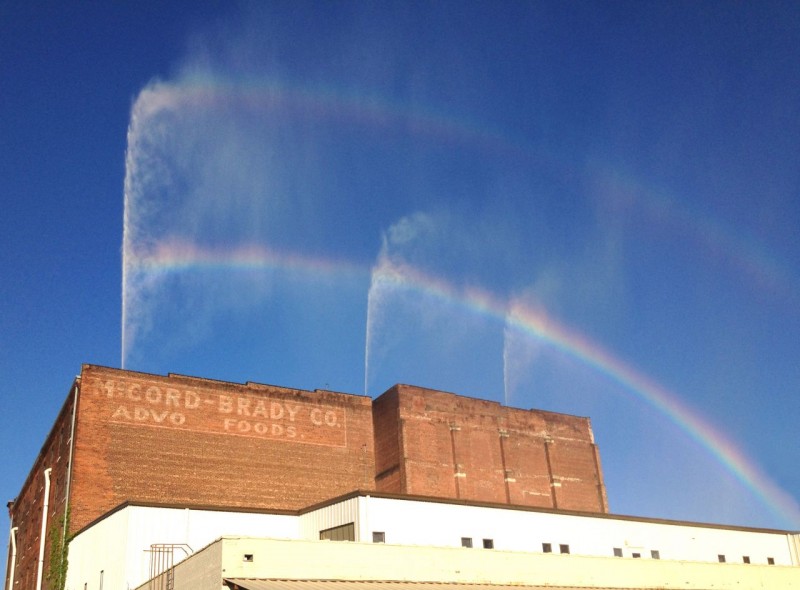Almost five years after his passing, the AMS is honoring Edward N. Lorenz by renaming the Teaching Excellence Award after the pioneer meteorologist. Best known as the founder of the chaos theory and butterfly effect, Lorenz was also an influential professor at the Massachusetts Institute of Technology (MIT) for decades.
According to Peter Lamb in his recommendation to rename the award:
Edward N. Lorenz was arguably the most accomplished research meteorologist of the twentieth century. His seminal contributions in several key areas of our science today either carry his name or a name that he provided. At MIT, his principal instructional role was to introduce multiple generations of beginning doctoral students, many with little or no background in meteorology, to the challenges and rigor of the theoretical essentials of our science. Those lectures were renowned for their consistently very high standards of preparation and presentation, just like Professor Lorenz’s external seminars.
Lorenz received the MIT Department of Meteorology’s “Best Teacher” award the first year student evaluations were conducted as well as subsequent years. He went on to win the Kyoto Prize and AMS Carl Gustaf Rossby Research Medal, just a few of his numerous honors. Many of Lorenz’s students went on to distinguished research careers. Several were recognized with the AMS Rossby Medal and Charney Awards, and two of his past students received the AMS Teaching Excellence Award.
The AMS Council passed the recommendation in January, renaming the award “The Edward N. Lorenz Teaching Excellence Award.” Nominations for all awards are now open with a deadline of May 1. The Council encourages members and friends of the AMS to submit nominations for consideration for the Society Awards, Lecturers, Named Symposia, Fellows, Honorary Members, and nominees for elective Officers and Councilors of the Society here.





